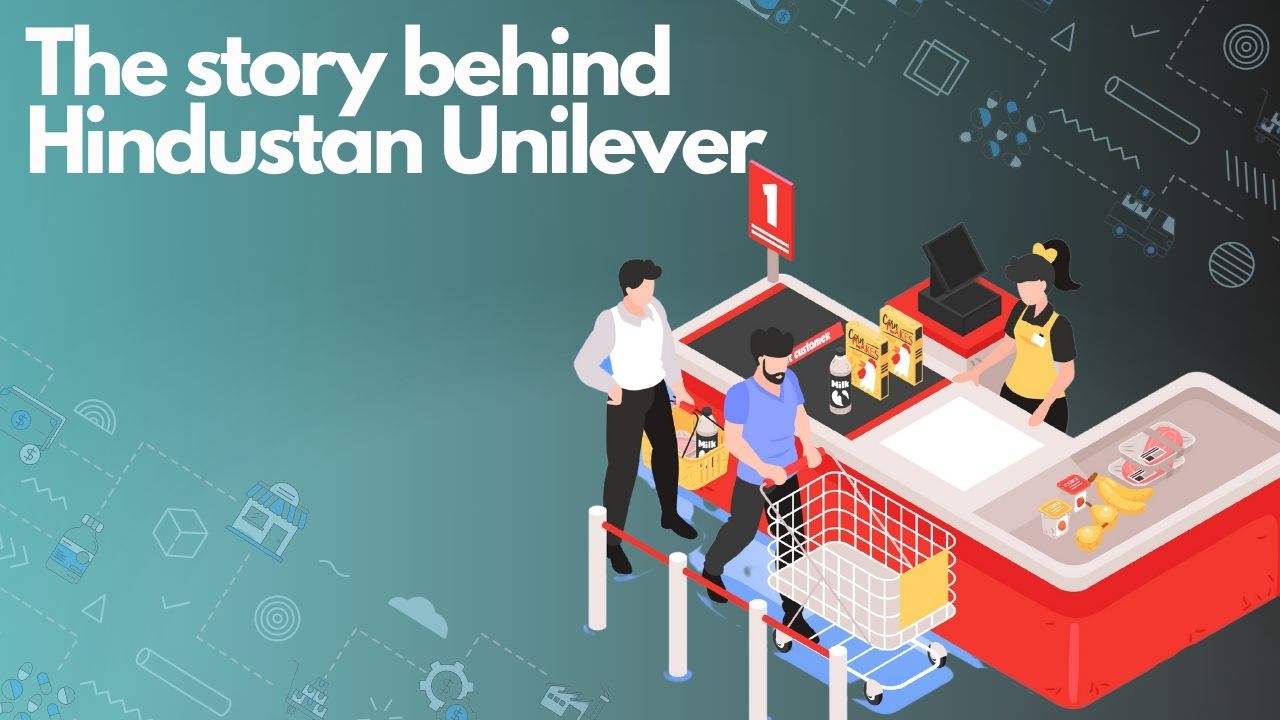Introduction
HUL, headquartered in Mumbai, is a leading consumer goods company in India, offering a diverse range of fast-moving consumer goods (FMCGs). While a subsidiary of the British multinational Unilever, Hindustan Unilever has a rich history deeply intertwined with the Indian market, marked by innovation and social impact. The company has a strong presence across India, with more than 9 out of 10 households using a brand of HUL.
The company's portfolio comprises three divisions: home care, beauty care, personal care, and food and refreshment. It includes 14 brands in 44 different categories. From shampoos (Lifebuoy) to detergents (Surf Excel), HUL boasts iconic brands trusted by millions.
The company employs 21,000 people and has 31 factories, working with over 1150 suppliers to make its products available at more than 8 million outlets across India.
Factors contributing HUL's success
Adaptability: HUL has consistently adapted to changing market dynamics, consumer preferences, and cultural nuances. This flexibility has allowed them to stay relevant and competitive.
Innovation: HUL invests heavily in research and development, introducing new and improved products like technologically advanced detergents or regionally-specific offerings.
Marketing: Through effective marketing campaigns, HUL managed to create a deep emotional connection with its consumers. Advertisements featuring popular Bollywood actors and catchy jingles not only promoted the products but also embedded the brand in the collective consciousness of the nation.
Distribution network: HUL's extensive and efficient distribution network ensures product accessibility across the country, even in remote areas.
Social Responsibility: HUL's commitment to social responsibility initiatives like "Swachh Bharat Abhiyan" (Clean India Mission) has fostered positive brand perception and community engagement.
The subsidiary
Timeline of Hindustan Unilever-
Early Beginnings
1888: Sunlight soap arrives in India, marking the start of FMCG branding in the country.
1895: Lifebuoy soap is launched, followed by other iconic brands like Pears, Lux, and Vim.
1903: Brooke Bond Red Label tea is launched, establishing a strong presence in the Indian tea market.
1918: Vanaspati is introduced, paving the way for the popular Dalda brand in 1937.
1931: Unilever sets up its first Indian subsidiary, Hindustan Vanaspati Manufacturing Company.
1933: Lever Brothers India Limited is incorporated, followed by United Traders Limited in 1935.
Merger and Growth
1956: The three companies merged to form Hindustan Unilever Limited (HUL), offering 10% of its equity to the Indian public.
1957: HUL establishes its own research and development facility, marking a commitment to innovation.
1961: Launch of Fair & Lovely, a landmark product that caters to the specific needs of Indian consumers.
1962: Brooke Bond acquires Lipton India, further expanding its beverage portfolio.
1984: Unilever acquires Brooke Bond globally, bringing its tea business under the HUL umbrella.
Expansion and Diversification
1993: Launch of Clinic Plus shampoo, marking HUL's entry into the hair care market.
1995: Entry into the personal care segment with Pond's and Lakme brands.
2003: Acquisition of Kwality Walls ice cream, strengthening HUL's presence in the food and beverage sector.
2006: Hindustan Lever Limited officially changed its name to Hindustan Unilever Limited.
2010: Launch of Pureit water purifier, addressing a critical need for safe drinking water in India.
Market capitalization of HUL from FY 2013 to 2023
(in trillions Indian rupees)
Sustainability and Future Focus
2013: HUL launches the 'Prabhat' program, focusing on community development and environmental sustainability.
2016: Unveiling of the 'Shakti' initiative, empowering rural women entrepreneurs.
2018: Introduction of 'Project Sunlight', aiming to make sustainable living choices mainstream.
2023: HUL celebrates 9 decades of ‘doing well by doing good’ in India.
India-UK relations and HUL's growth
India and the UK have enjoyed a strong and expanding bilateral relationship. They are forging a stronger economic bond, driven by Free Trade Agreement negotiations and a shared focus on growth.
HUL experienced a strong year in 2021, with turnover growth of 11% and underlying volume growth of 3%, outperforming the market. It thrived by exceeding market expectations with its adaptable ‘Winning in Many Indias’ strategy and leveraging both global expertise from Unilever and its local leadership.
While the UK remained a significant source of FDI for India, HUL's investment in the UK also gained traction. In 2021, HUL was among the top investors in the UK food and beverage sector. HUL maintained its momentum in 2022 and 2023, with turnover up 16% in the quarter ending December 2022. The 2030 Roadmap and positive trends suggest a promising future for this partnership.
A Case Evolving Beauty Standards
The very famous Fair & Lovely, a skin-lightening cream, faced intense scrutiny in 2020. A young activist highlighted the hypocrisy of celebrities supporting ‘Black Lives Matter’ (BLM) while endorsing fairness creams. She emphasized the lack of representation of darker skin tones in media and advertising, including social media filters promoting lighter complexions.
The brand faced a lot of backlash. Critics argued its "fair" label perpetuated colorism, aligning with long-standing protests against fairness creams and societal beauty standards favouring lighter skin.
HUL responded by rebranding as "Glow & Lovely," acknowledging the problematic language and promising diverse representation in marketing. This move aligned with their commitment to social change and sensitivity, setting a potential precedent for inclusive marketing in the FMCG industry.
SWOT Analysis
Conclusion
While HUL's legacy is impressive, the future holds new challenges. Intense competition, evolving consumer preferences, and a complex economic landscape demand continued innovation and adaptation. However, HUL's deep understanding of the Indian market and its focus on strategic initiatives like rural outreach and sustainability position it well. By leveraging its digital capabilities and commitment to responsible growth, HUL can not only maintain its leadership in the Indian FMCG industry but also set a global example for the future of the sector.
‘Trade, Ties, and Transformation, this is how India, and HUL Intertwined’
(Disclaimer: This article provides info on HUL for educational purposes only. It's not financial advice, nor does it endorse HUL or motivate buying shares. Do your own research before making any investment decisions)
